The 11 lowland communes of Sin Ho district have a hot and humid tropical climate and fertile soil, which is favorable for growing short-term crops and fruit trees. In recent years, local people have effectively exploited that advantage to grow oranges, mangoes, pineapples, sugarcane and other agricultural products, along with many types of vegetables for livestock farming. Small-scale specialized areas are gradually being invested in and expanded, creating significant output, becoming commodities consumed in and outside the province. However, the lack of a chain of links and dependence on traders makes the output of agricultural products here still very difficult and becomes a difficult problem for the locality. Faced with that reality, Party committees, authorities at all levels and people in lowland communes are gradually shifting production towards market thinking, promoting consumption connections, building brands and applying digital transformation in agriculture to create a foundation for sustainable development.
Leadership and direction work comes from practical requirements, many localities have transformed the agricultural production model in an organized manner, linked to market demand, with the synchronous cooperation of the government, people and businesses. Can Co commune is a typical example. In previous years, people in the commune mainly cultivated rice and cassava according to old practices, the harvested products were unstable, and the output mainly depended on traders. Now it is different, many households have switched to growing mango, pineapple, sugarcane, banana, building specialized areas with an area of tens of hectares. According to statistics, the commune currently has more than 150 hectares of commercial crops, of which mango and pineapple account for a large area. Some households have boldly invested in a system of concentrated livestock barns, proactively providing animal feed, and initially achieved quite clear economic efficiency.
People in Pau village (Nam Tam commune) focus on investing in a honey beekeeping model.
Mr. Lo Van Pan in Nam Nga village (Can Co commune) shared. “In previous years, my family grew cassava and sold about 20 million VND worth of cassava tubers a year. Seeing that it was not effective, we switched to growing more than 1 hectare of Taiwanese mango and experimented with growing pineapple, sugarcane, etc. Last year, we earned about 50 million VND from these new crops. More importantly, now there is a cooperative to buy, so we don’t have to worry about retail like before.”
Not only Can Co, in Nam Tam commune - the leading locality in agricultural production in the region with more than 400 hectares of fruit trees (pineapple, orange, mango...). Currently, the commune is also promoting agricultural production in the direction of linking consumption. Banana, pineapple, and purple sugarcane are expanding their areas.
According to the report of the Department of Agriculture and Environment of Sin Ho district, lowland communes such as Can Co, Nam Tam, Nam Cha... account for about 60% of the total fruit tree area of the district, with key products such as bananas, mangoes, pineapples, oranges, grapefruits. In particular, the honey beekeeping model of households in Pau village (Nam Tam commune) has a good development direction with 30 households participating in the farming, providing stable income. It is estimated that for every 100 bee boxes, each year, nearly 1 ton of honey is collected. If it is attached with a traceability stamp, brand building, and has a stable output, people will definitely boldly replicate it.
Mr. Lo Van Sau - Chairman of Nam Tam Commune People's Committee said: "The commune currently has many advantages in terms of climate and land. Local people have changed their thinking and working methods, and have boldly invested in growing fruit trees and raw materials (sugarcane, elephant grass). But output is still a weak link. The biggest wish of the locality is to be supported in building a large-scale preliminary processing facility, cold storage for post-harvest products and connecting stable product consumption for the people. If that can be done, not only Nam Tam people but all lowland communes in Sin Ho will have a solid foundation to grow stronger."
It is known that recently, the Sin Ho district government has proactively taken action with many practical solutions. From training in farming techniques according to VietGAP standards, supporting the issuance of QR codes for traceability, to coordinating the introduction of local agricultural products on e-commerce platforms... Since the beginning of the year, more than 100 households in 2 communes: Can Co and Nam Tam have been trained in online sales skills, building distribution channels via social networks. The district is also promoting calling for businesses to invest in the field of preliminary processing and small-scale processing associated with raw material areas. In the long term, the district's orientation is to focus on building a closed agricultural value chain, from production - processing - consumption. The goal set by the end of 2025 is that each lowland commune will have at least one key product with a brand and a linkage contract. Developing green agriculture associated with eco-tourism , creating double value from models to increase income for people.
The proactive efforts of authorities at all levels to “find outlets” for local agricultural products have helped increase product value, stabilize the market, and contribute to changing people’s production mindset. With the support of the government, businesses, and farmers, the agricultural sector in the Sin Ho lowlands will gradually move out of the “dependent” position, moving towards sustainable, effective, and self-reliant development in the future.
Source: https://baolaichau.vn/kinh-te/mo-duong-cho-nong-san-vung-thap-sin-ho-713153


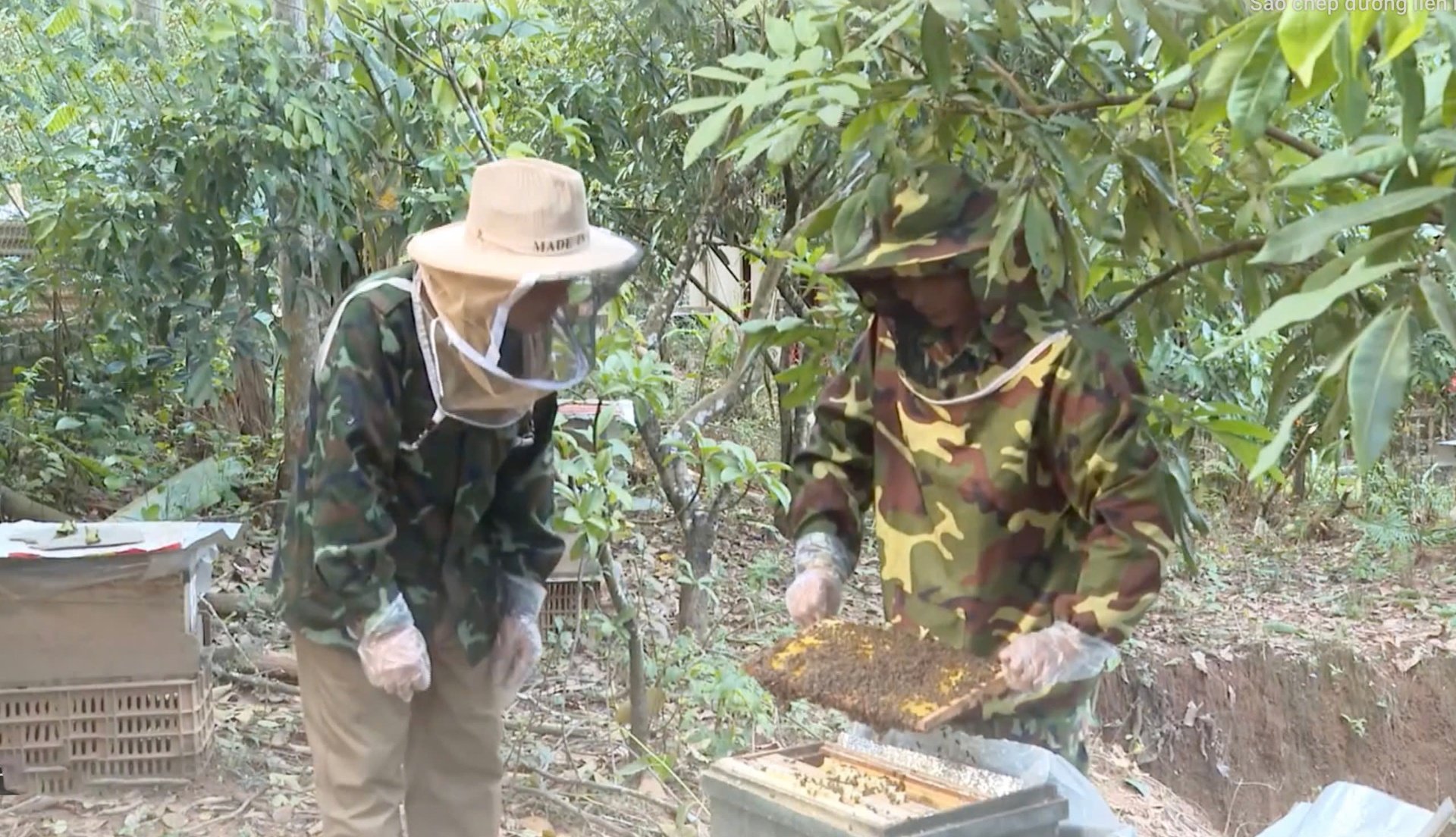


![[Photo] Top players gather at the 2025 Nhan Dan Newspaper National Table Tennis Championship](https://vphoto.vietnam.vn/thumb/1200x675/vietnam/resource/IMAGE/2025/5/23/9ad5f6f4faf146b08335e5c446edb107)
![[Photo] Anh Hoang - Dinh Duc successfully defended the men's doubles championship of the National Table Tennis Championship of Nhan Dan Newspaper](https://vphoto.vietnam.vn/thumb/1200x675/vietnam/resource/IMAGE/2025/5/23/d6ab3bcac02c49928b38c729d795cac6)


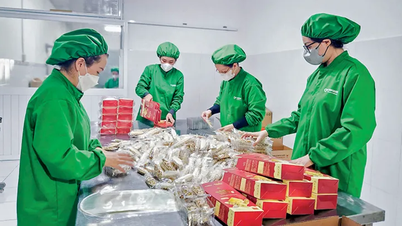

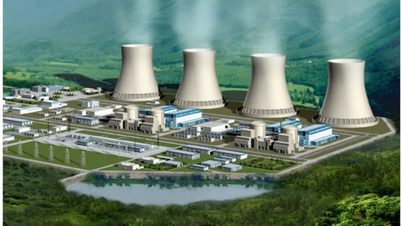
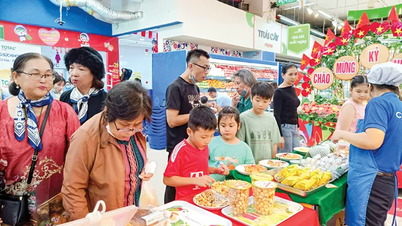
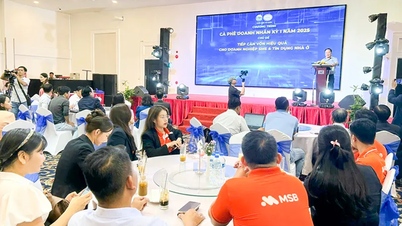
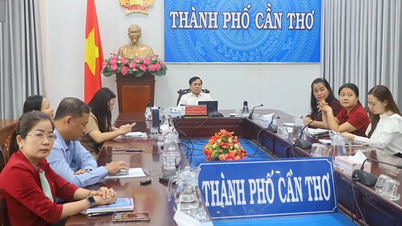
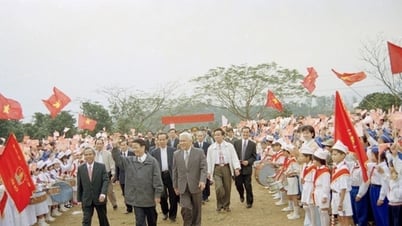





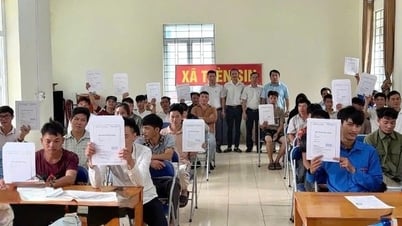
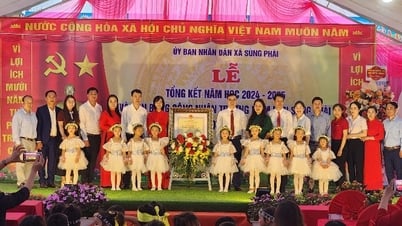
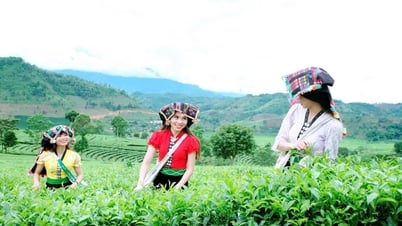
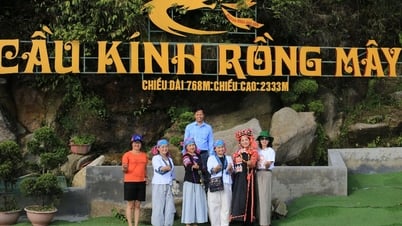
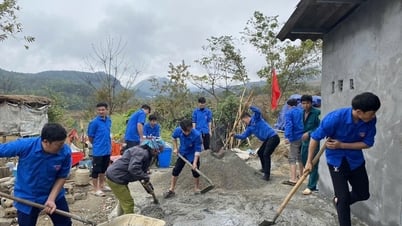
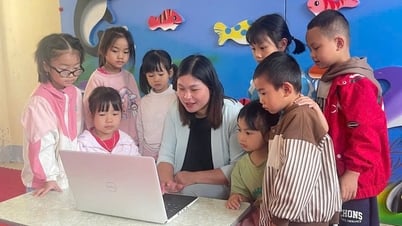

















































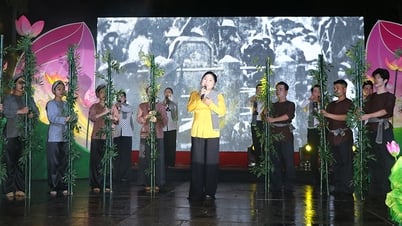












Comment (0)